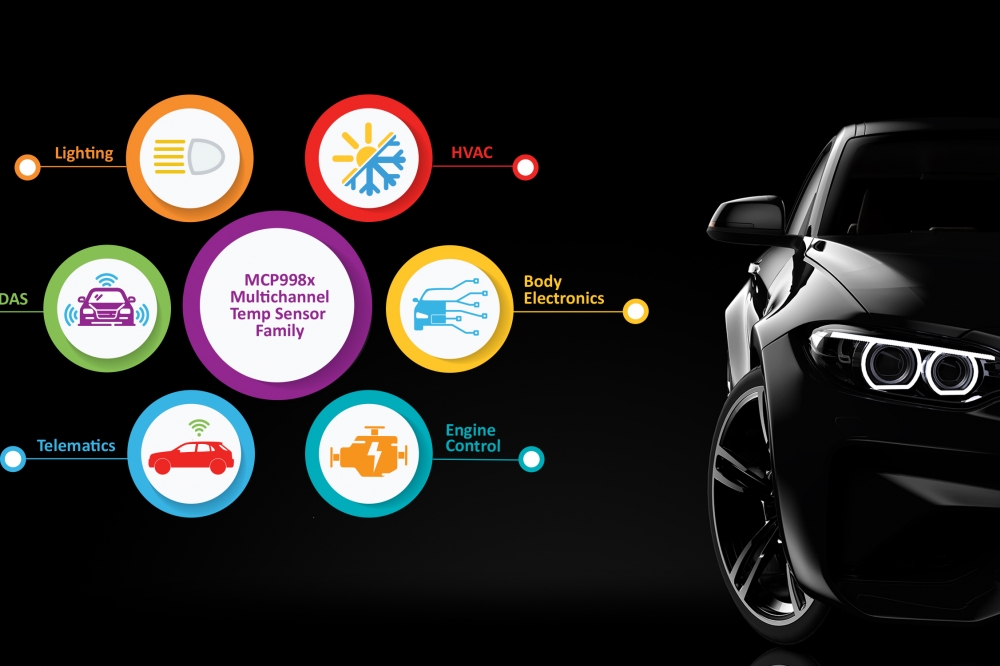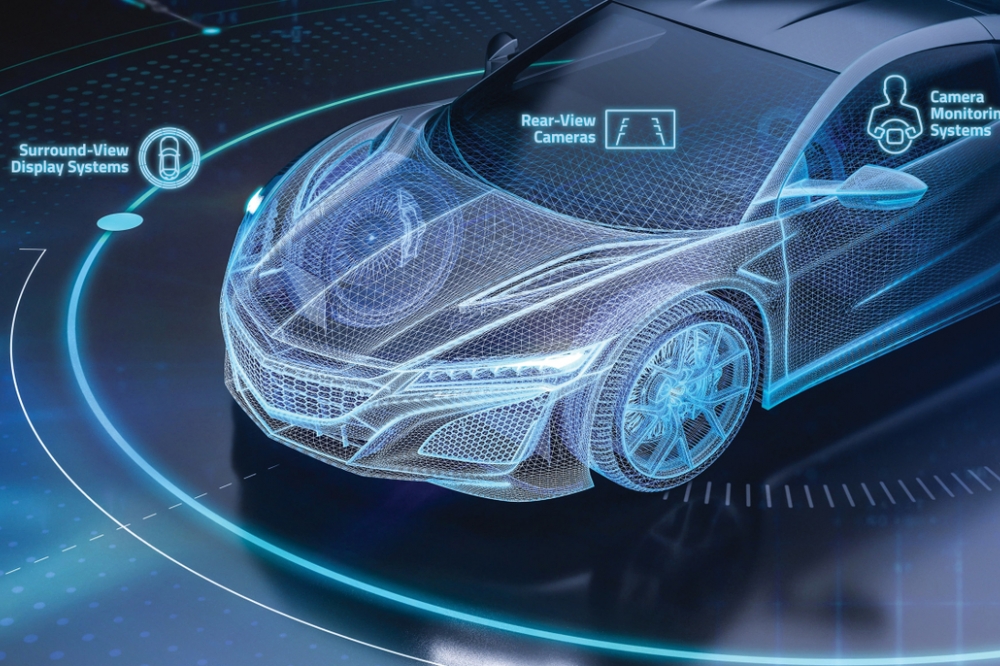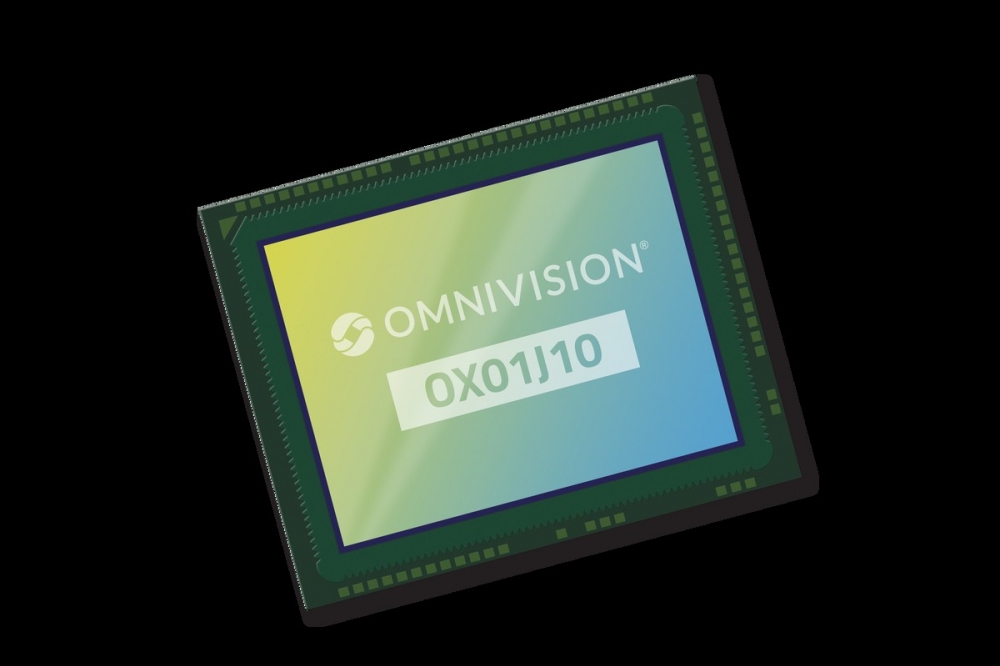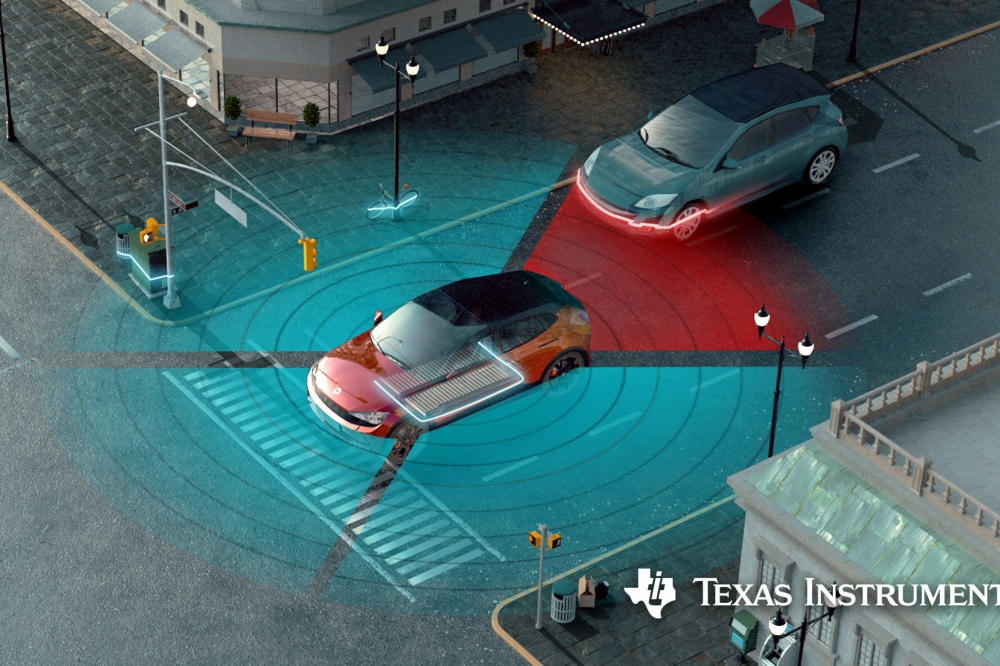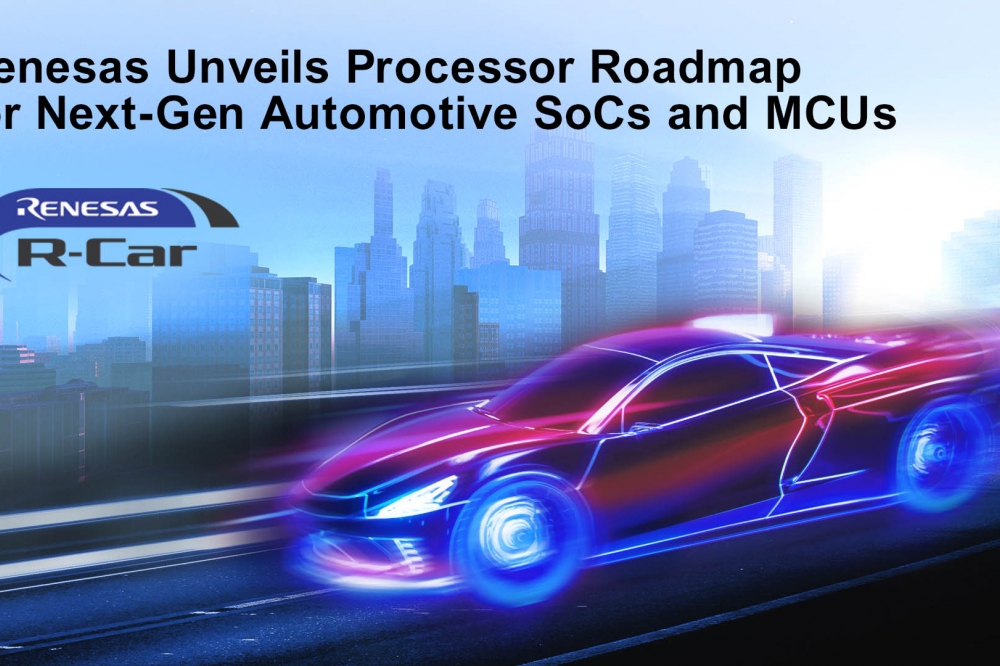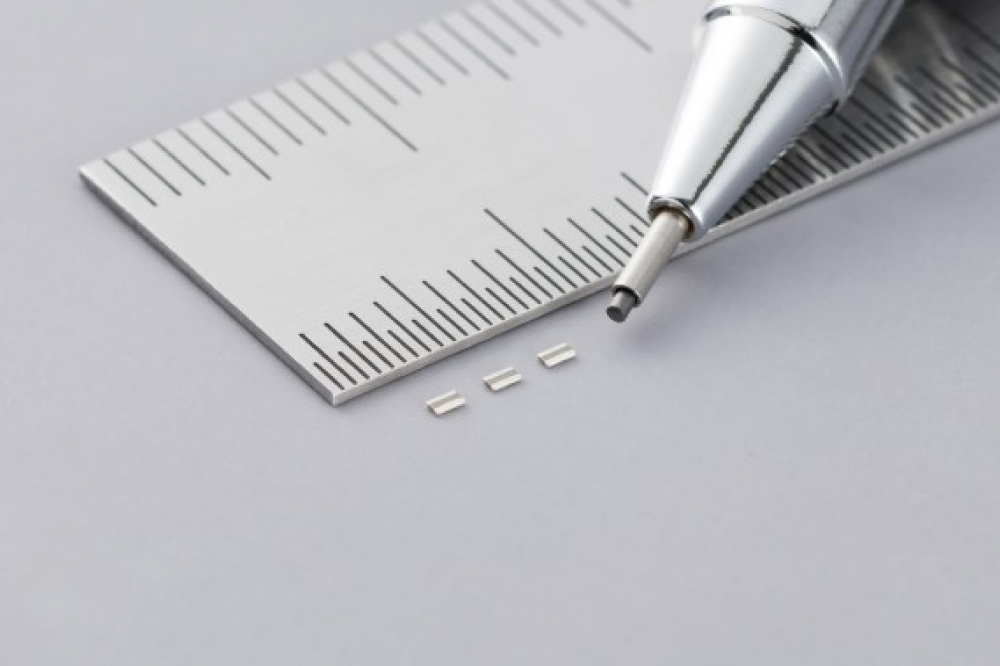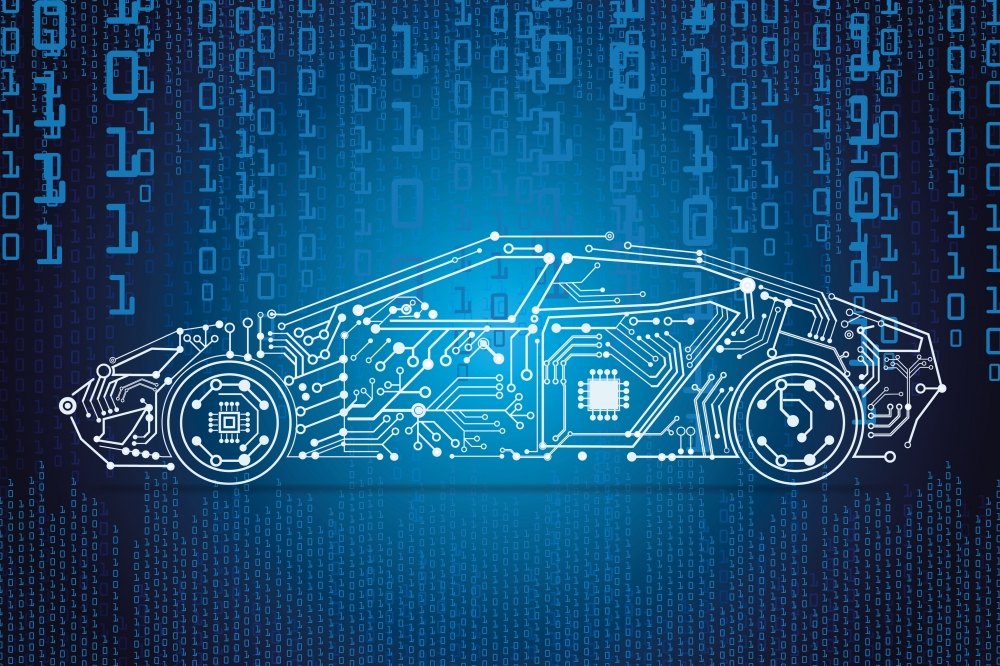IBM and Daimler use quantum computer to develop next-gen batteries
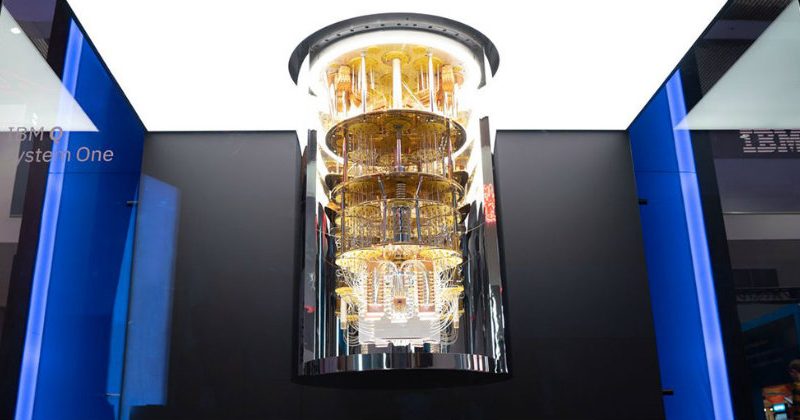
A quantum computing breakthrough by researchers at IBM and Daimler AG, the parent company of Mercedes-Benz, could help increase the the capacity and speed-of-charging of EV batteries.
The companies used a quantum computer to model the dipole moment of three lithium-containing molecules, which brought them one step closer the next-generation lithium sulphur (Li-S) batteries that would be more powerful, longer lasting and cheaper than today’s widely used lithium ion batteries.
Simulating molecules is extremely difficult but modeling them precisely is crucial to discover new drugs and materials. In the research paper “Quantum Chemistry Simulations of Dominant Products in Lithium-Sulfur Batteries”, researchers simulated the ground state energies and the dipole moments of the molecules that could form in lithium-sulphur batteries during operation: lithium hydride (LiH), hydrogen sulphide (H2S), lithium hydrogen sulphide (LiSH), and the desired product, lithium sulphide (Li2S). In addition, and for the first time ever on quantum hardware, the researchers demonstrated that they can calculate the dipole moment for LiH using 4 qubits on IBM Q Valencia, a premium-access 5-qubit quantum computer.
Researchers at Daimler hope that quantum computers will help them design next-generation lithium-sulfur batteries, because they have the potential to compute and precisely simulate their fundamental behaviour. Quantum computers are not yet better than classical computers. They are very ‘noisy,’ meaning that any outside disturbance knocks the fragile qubits out of quantum states crucial for the calculation too early for them to run meaningful computations. Still, they are already showing great promise in chemistry, towards precisely simulating complex molecules.
To get these results, researchers first evaluated the energies and dipole moments of all four molecules as they varied the atomic distance between the different atoms in the molecule (breaking the chemical bonds) using Qiskit. They then used the IBM Q Valencia device to calculate the dipole moments of LiH (and simulated the other three), a calculation to understand the electronic distribution in a molecule across its different atoms as bonds are broken. This is crucial – for instance, in the case of LiH, the dipole changes as the nuclei are separated, making the molecule change from being polar (ionic) to neutral.
Also, while the molecular bonds are stretched, the molecular system must be described by a highly “entangled” state; entanglement is a property of quantum mechanics, according to which when one particle changes its state, so does its entangled ‘partner’, simultaneously. The impact of this entanglement is visible in the dissociation curve for LiH, and without applying the error mitigation techniques, developed by IBM, there is a noticeable bump in the middle of the curve at around ~2.5 angstroms. Researchers have applied the same error mitigation techniques in our recent work on Li–S batteries.
To make sure the calculations on the hardware were accurate, they also performed them on a classical computer using the IBM quantum simulator. Then, the researchers ran these calculations on IBM Q Valencia, and compared the results. Despite working with noisy qubits, they were still able to extract sufficiently precise results.
IBM and Daimler use quantum computer to develop next-gen batteries
Modified on Thursday 16th January 2020
Find all articles related to:
IBM and Daimler use quantum computer to develop next-gen batteries


 Add to my Reading List
Add to my Reading List Remove from my Reading List
Remove from my Reading List
